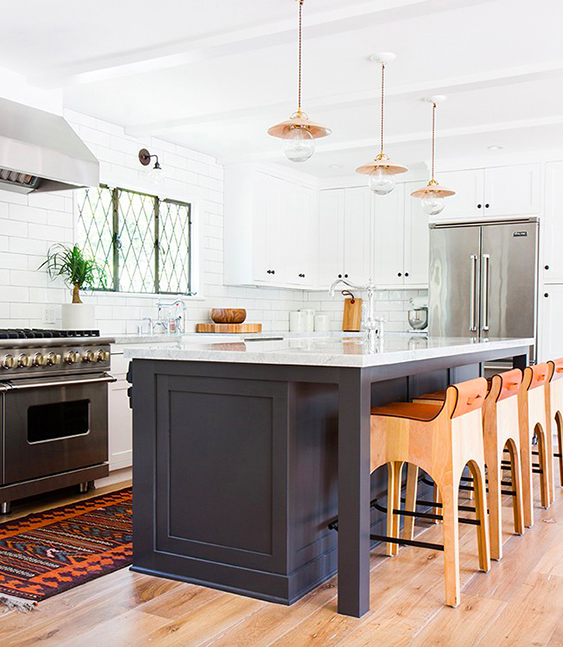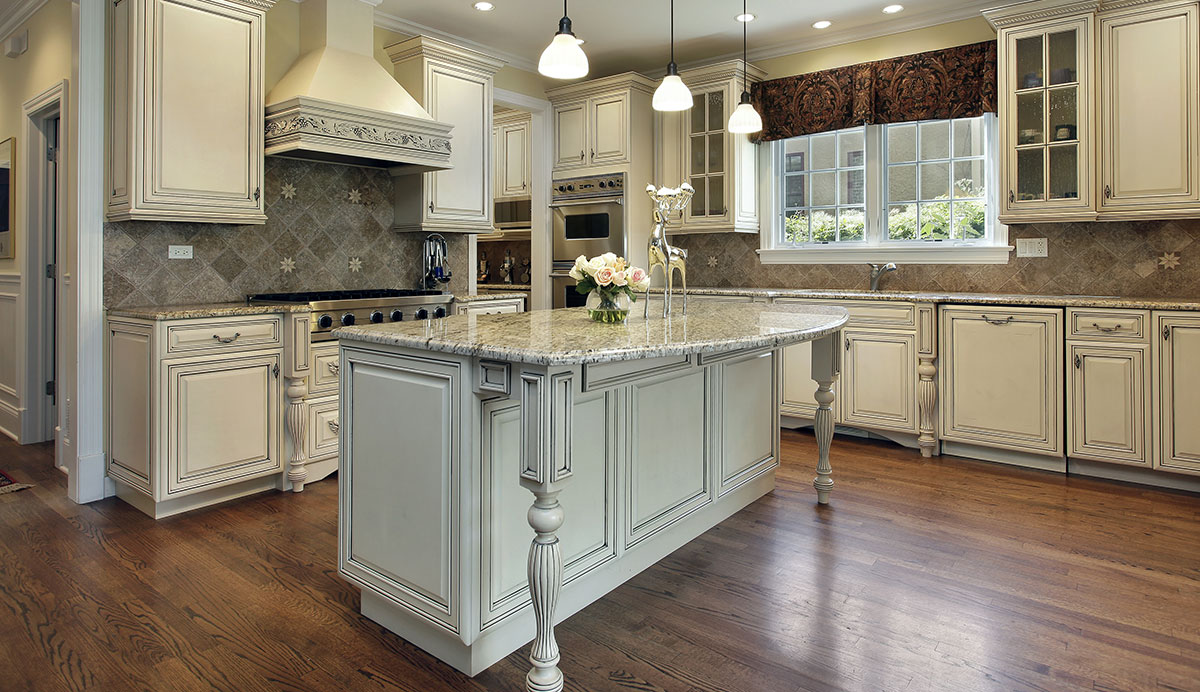Upgrade Your Kitchen's Aesthetic with Costs Legs For Kitchen Island
Upgrade Your Kitchen's Aesthetic with Costs Legs For Kitchen Island
Blog Article
Important Aspects to Take Into Consideration When Choosing Legs For Kitchen Area Island
Selecting the proper legs for a kitchen area island involves a careful evaluation of numerous elements that can dramatically influence both functionality and aesthetic allure. Among these, the option of product plays a crucial function in making sure longevity, while the style needs to enhance the existing decoration. Factors to consider such as elevation and weight assistance are necessary for security and convenience. As we explore these elements, it becomes clear that each decision can have significant implications for the total cooking area experience. What nuances should be thought about in each of these classifications to accomplish the suitable balance?
Product Options
When choosing legs for a cooking area island, recognizing the numerous material options is vital for accomplishing both visual allure and structural stability (Legs For Kitchen Island). The option of material considerably affects not just the toughness of the island but also its total design and capability
Timber is a prominent selection, supplying heat and convenience. Solid hardwoods, such as oak or maple, give strength and can be stained or painted to match the kitchen area decor. Steel legs, commonly made from stainless steel or wrought iron, contribute a industrial and modern-day feel while making sure resilience and stability. These materials are immune to put on and can sustain substantial weight, making them suitable for bigger islands.
Another option is crafted products, like MDF or plywood, which can be more cost-effective while still offering a variety of finishes. They may not offer the exact same degree of security as strong timber or steel. Legs For Kitchen Island. Products such as acrylic or glass can develop a modern appearance, though they may need extra support to make sure security.
Eventually, the choice of material for kitchen island legs ought to straighten with the wanted capability and the total style of the cooking area.
Design and Layout

When thinking about design, the form and finish of the legs are critical. Tapered legs can supply a sense of lightness and elegance, while thicker, more robust legs can convey strength and security. In addition, the finish-- be it repainted, stained, or natural-- ought to enhance the kitchen cabinetry and kitchen counter products to produce a unified look.
Moreover, the style of the legs can likewise show individual taste. Custom or decorative legs, such as those including detailed makings or distinct geometric shapes, can serve as centerpieces, including character and individuality to the kitchen. Ultimately, the appropriate selection will certainly not only boost capability but likewise boost the visual appeal, making the kitchen island a standout attribute of the home.
Elevation Factors To Consider
Selecting the ideal elevation for cooking area island legs is essential, as it directly influences both capability and convenience. The conventional height for a kitchen area island commonly ranges from 36 to 42 inches, straightening with common kitchen counter heights. A 36-inch elevation is perfect for cooking and food preparation, enabling comfortable use cooking area devices and devices. Alternatively, an elevation of 42 inches is commonly favored for islands meant for bar seating, accommodating taller stools and check this supplying a casual dining experience.

It is also essential to account for individuals' heights and preferences. Customizing the elevation can ensure a comfortable experience for all relative, making the kitchen island a much more pleasurable and practical area.
Weight Assistance
Guaranteeing sufficient weight assistance for kitchen island legs is crucial for both safety and performance. The kitchen area island usually offers multiple objectives, including food preparation, dining, and additional storage space, demanding a durable assistance framework. When selecting legs, it is important to think about the total weight ability called for based on the island's intended usage and the products that will certainly be put on it.
The option of material for the legs plays a considerable role in their weight-bearing abilities. Strong timber, steel, and durable composites generally give exceptional strength contrasted to lighter materials. Furthermore, the layout of the legs-- whether they are right, tapered, or have a pedestal form-- can affect their capacity to disperse weight successfully throughout the framework.
Constantly seek advice from the manufacturer's requirements relating to lots limitations to guarantee that the legs can maintain the designated weight without endangering safety and security. In summary, picking kitchen area island legs with appropriate weight support is essential for creating a useful and risk-free culinary room.
Installment and Maintenance
Proper installment and upkeep of cooking area island legs are important for making sure durability and security. To start, it is vital to follow the producer's standards during setup. This usually involves safeguarding the legs to the island base utilizing suitable fasteners, guaranteeing that the legs are level and lined up. Making use of a degree device can help protect against tottering and boost the total aesthetic allure of the kitchen island.
As soon as mounted, regular maintenance is essential to protect the stability and look of the legs - Legs For Kitchen Island. For wood legs, regular cleansing with a moist cloth and application of suitable timber polish can avoid moisture damages and keep their surface. Metal legs may call for a gentle cleansing remedy to remove oil and crud, adhered to by pop over to these guys a completely dry towel to stop corrosion development
In addition, examine the legs regularly for indicators of wear or damages, such as splits or loose joints. Tightening screws or screws as needed can likewise extend the life expectancy of the legs. By sticking to these installation and upkeep practices, home owners can guarantee that their kitchen island stays durable and aesthetically appealing for many years to find.
Final Thought

Aesthetic comprehensibility is critical in selecting the style and design of legs for a cooking area island, as these elements substantially affect the total ambiance of the room. Conical legs can provide a sense of lightness and elegance, while thicker, extra durable legs can share strength and security.Choosing the ideal elevation for kitchen island legs is crucial, as it directly impacts both capability and comfort. In recap, selecting cooking area island legs with adequate weight assistance is necessary for producing a secure and practical culinary room.
In conclusion, selecting legs for a kitchen island necessitates mindful consideration of various factors, consisting of material options, style, height, weight assistance, and installation.
Report this page